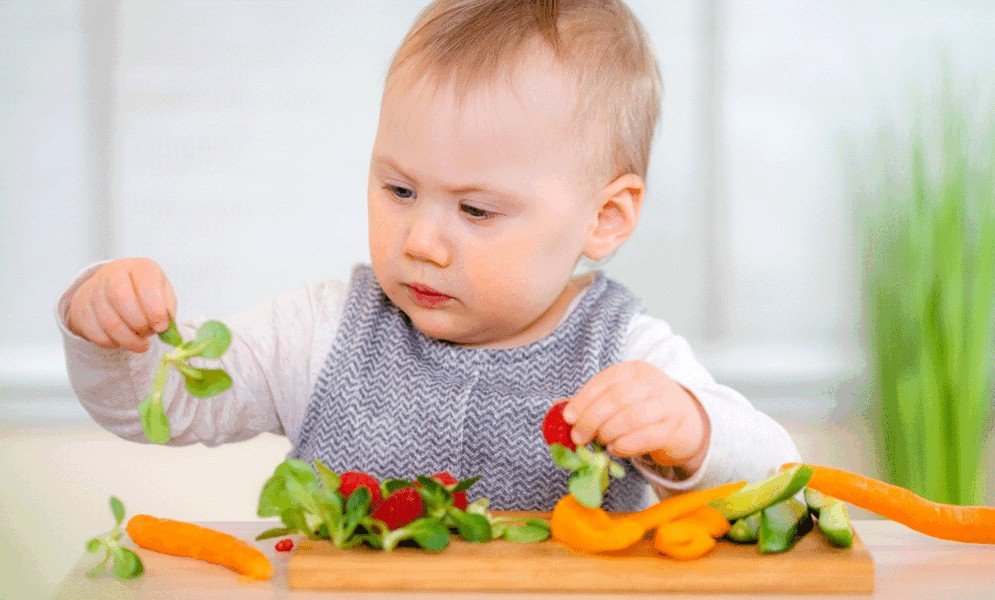Struggling to get your kids to eat veggies? Nexus Mag explores why children refuse vegetables and shares 10 practical tips to foster a healthy diet.
Why Kids Refuse Vegetables
Getting kids to eat a balanced diet is a priority but often a challenge. Up to 30% of children are picky eaters, and vegetables are a common battleground due to their taste, texture, or unfamiliarity. Research shows kids may need to try a food 15 times before liking it. Refusal can stem from fear of new foods, distractions, or copying others’ habits. These affordable strategies (~$0–$10/month) help kids embrace veggies while reducing mealtime stress.
Common Reasons Kids Avoid Veggies
- Fear of New Foods: Kids feel anxious about unfamiliar tastes or textures, like slimy spinach.
- Distractions: TV or toys divert focus, making eating a low priority.
- Imitation: Kids mimic parents or siblings who avoid veggies.
- Texture Issues: Colors (e.g., green broccoli) or mixed foods can seem unappealing.
- Testing Limits: Refusing food is a way to assert control or seek attention.
Understanding these reasons helps tailor solutions to your child’s needs.
10 Strategies to Encourage Healthy Eating
Try these research-backed tips to make veggies fun and appealing:
1. Be a Role Model
Kids mimic parents’ eating habits. Studies show children of parents who eat balanced meals are 25% more likely to adopt similar habits.
Tip: Eat veggies visibly at family meals. Free and impactful.
Benefit: Builds lifelong habits in weeks.
2. Avoid the “Clean Plate” Rule
Forcing kids to finish plates ignores hunger cues, leading to overeating or food aversion.
Tip: Let kids stop when full; serve small portions (~free).
Benefit: Reduces mealtime stress in days.
3. Involve Kids in Cooking
Kids who help cook are 30% more likely to try new foods, per studies.
Tip: Let them chop veggies or mix sauces (~$5 for kid-safe tools). Try weekly.
Benefit: Sparks curiosity in 1–2 weeks.
4. Use Reward Charts
Reward trying new foods, not finishing plates, to encourage exploration.
Tip: Create a chart; add stickers for new veggies (~$2 for supplies). Offer non-food rewards like park trips.
Benefit: Motivates tries in 1 week.
5. Make Food Fun
Colorful or creative presentations make veggies inviting.
Tip: Arrange veggies into smiley faces or blend into smoothies (~$5 for fruits). Experiment weekly.
Benefit: Increases appeal instantly.
6. Offer Choices
Giving kids control over food choices boosts willingness to try new items.
Tip: Let them pick between carrots or broccoli (~free). Offer daily.
Benefit: Empowers kids in days.
7. Introduce One New Food at a Time
Overwhelm can deter kids; single introductions build familiarity.
Tip: Pair a new veggie with a favorite food (~free). Try biweekly.
Benefit: Reduces anxiety in 1–2 weeks.
8. Vary Preparation Methods
Different cooking styles enhance veggie appeal, like roasting for sweetness.
Tip: Roast carrots or blend spinach into pasta sauce (~$5 for ingredients). Rotate weekly.
Benefit: Expands tastes in 2–3 weeks.
9. Minimize Distractions
Focus on eating improves engagement with food.
Tip: Turn off TVs or remove toys during meals (~free). Enforce daily.
Benefit: Enhances focus instantly.
10. Stay Calm During Refusals
Reacting calmly to refusals prevents reinforcing negative behaviors.
Tip: Praise trying new foods instead of scolding refusals (~free). Apply consistently.
Benefit: Reduces conflicts in 1 week.
Additional Tips for Success
Enhance these strategies with these habits:
- Eat as a Family: Regular family meals normalize healthy eating (~free).
- Keep a Food Diary: Track new foods tried (~$5 for notebook) to monitor progress.
- Share Stories: Talk about your food adventures to normalize trying new things (~free).
- Be Patient: Accept that some foods may never be favorites; offer alternatives (~free).
Cost: Most tips are free or ~$2–$10/month, saving $100s on dietitians.
When to Seek Help
If picky eating persists, causes weight loss, or limits nutrition, consult a pediatrician or dietitian. They may recommend tailored plans (~$50–$100/session) to address underlying issues like sensory sensitivities.
FAQs About Kids and Healthy Eating
Why do kids refuse vegetables? Fear of new foods, textures, distractions, or imitation of others’ habits.
How many tries before kids like a food? Up to 15, per research.
Are reward charts effective? Yes, they motivate 30% more tries when non-food rewards are used.
How can parents encourage veggies? Model healthy eating, involve kids in cooking, and make food fun.
When is picky eating a concern? If it impacts growth or nutrition, consult a pediatrician.
Build Healthy Habits with Fun
From cooking together to creative presentations, these 10 tips make vegetables exciting for kids. Start today to nurture a lifelong love for healthy eating! Explore more parenting tips in our Lifestyle hub at Nexus Mag.






